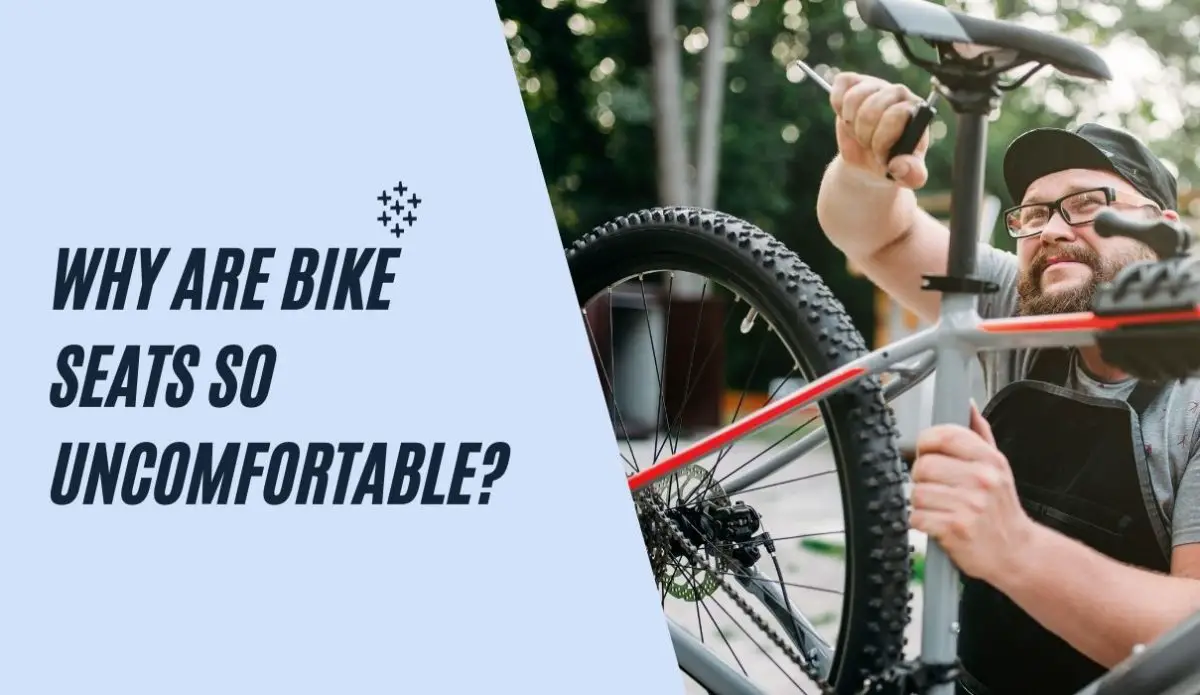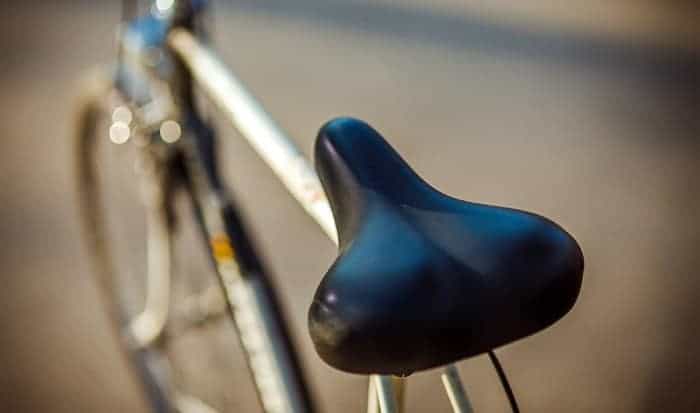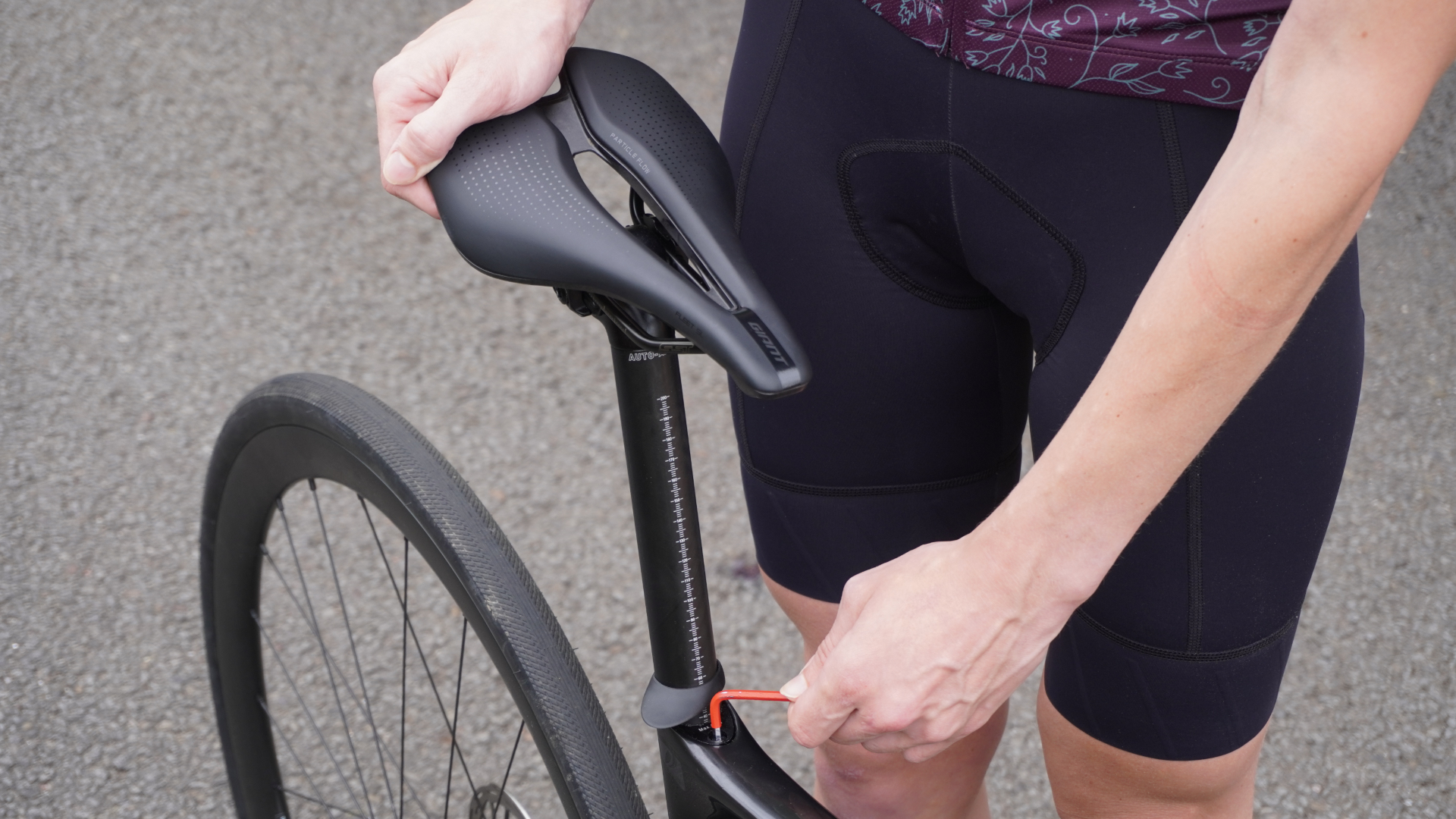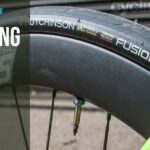Bike seats, or saddles, are a critical component of cycling comfort, yet they are infamous for causing discomfort. A significant study by the University of California, Berkeley, revealed that over 60% of cyclists suffer from saddle soreness at some point. This statistic leads us to ponder: why are bike seats so uncomfortable, and more importantly, what can be done to alleviate this issue?
The discomfort from bike seats primarily stems from their design, which concentrates the cyclist’s weight onto two small, bony areas of the pelvis known as the sit bones. This pressure, especially over prolonged periods, can lead to significant discomfort and soreness. Moreover, the materials used in bike seat construction, often hard and unyielding, add to the problem. Another super important aspect is the fit of the bike seat. An ill-fitting saddle – whether too large, too small, or too rigid – can exacerbate discomfort, making it a challenge for cyclists to enjoy their rides.
In this comprehensive guide, we will delve into the reasons behind the discomfort caused by bike seats and explore practical solutions to make your cycling experience more comfortable and enjoyable.
Reasons Why Bike Seats Are Uncomfortable
Pressure on the Sit Bones
The sit bones, or ischial tuberosities, are two bony structures at the base of the pelvis. They play a super important role in supporting your body weight while seated. In cycling, these bones bear the brunt of your weight, leading to concentrated pressure on a relatively small area. This pressure is one of the main reasons for the discomfort associated with bike seats. The lack of adequate cushioning or support in this area can lead to pain and, over time, result in saddle sores, numbness, and even chronic discomfort.
Hard Materials in Construction
Bike seats are often constructed from materials such as hard plastics or metals, chosen for their durability and structural integrity. However, these materials do not naturally lend themselves to comfort. The rigidity of these materials means there is minimal, if any, give when pressure is applied. This lack of cushioning becomes particularly noticeable – and problematic – during longer rides or when traversing uneven terrains, where the impact and vibration can lead to increased discomfort.
Improper Fit: A Key Culprit
An often-overlooked aspect of bike seat discomfort is the fit. A bike seat that doesn’t fit well with your body can be a source of significant discomfort. If a saddle is too wide, it can cause chafing on the inner thighs; if it’s too narrow, it may not provide adequate support for the sit bones. Similarly, a seat that’s too hard may not absorb shock effectively, while one that’s too soft might lack necessary support, leading to an uneven distribution of pressure and increased strain on certain areas.
Understanding these factors is the first step in addressing the discomfort associated with bike seats. Next, we will explore practical solutions and adjustments you can make to enhance your cycling comfort.
How to Make Bike Seats More Comfortable
Choosing the Right Bike Seat
Selecting the appropriate bike seat is paramount for a comfortable ride. The market offers a wide array of bike seats, each tailored to different body types and riding styles. When choosing a bike seat, consider the following factors:
- Width of the Seat: The width should correspond to the spacing of your sit bones. A seat that’s too narrow or too wide can lead to discomfort and pressure points.
- Padding Level: While too much padding can cause instability and excess pressure, too little can be harsh on your sit bones. Find a balanced level of cushioning.
- Material: Look for materials that provide a good mix of comfort and durability. Memory foam and gel seats are popular choices for extra comfort.
- Seat Shape: Some seats have cutouts or grooves to reduce pressure on sensitive areas. Experiment with different shapes to find what works best for you.
Adjusting Your Bike Seat
Proper adjustment of your bike seat can significantly impact comfort. Here are some tips:
- Height: Your legs should have a slight bend at the knee when fully extended during pedaling. Too high or too low a seat can lead to discomfort and inefficiency.
- Angle: The seat should be level, or slightly tilted forward or backward, depending on your preference and riding style. An incorrectly angled seat can cause undue pressure on the front or back.
- Position: The seat should be positioned to allow your weight to be evenly distributed over the sit bones. Experiment with moving the seat forward or backward to find the optimal position.
Wearing Padded Bike Shorts
Padded bike shorts are a game-changer for cycling comfort. They feature a chamois pad that helps cushion your sit bones, reducing pressure and preventing chafing. These shorts come in various styles and padding thicknesses, so it’s worth trying a few to find the right fit and level of comfort.
Taking Regular Breaks
For longer rides, it’s super important to take regular breaks. Getting off the bike and stretching every 20-30 minutes can alleviate pressure on the sit bones and improve blood circulation, helping to prevent saddle soreness and discomfort.
Conclusion
In conclusion, while bike seats are often a source of discomfort, understanding the reasons behind this and implementing the right solutions can greatly enhance your riding experience. You can transform your rides into comfortable and enjoyable by choosing the right bike seat, adjusting it properly, wearing padded shorts, and taking regular breaks. Remember, cycling should be about the ride’s joy, not the seat’s pain.
For more information and a wide range of cycling gear to enhance your riding comfort, visit Refried Cycles, your ultimate destination for all things cycling.









